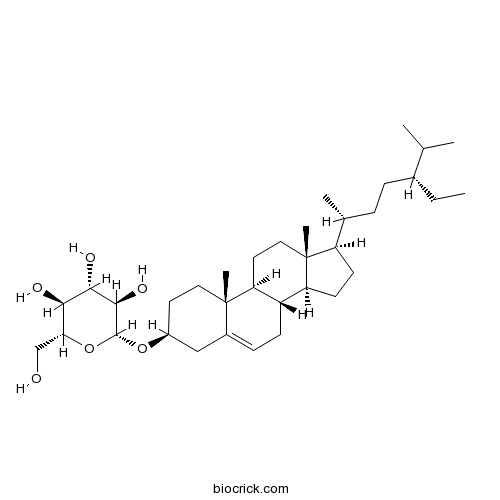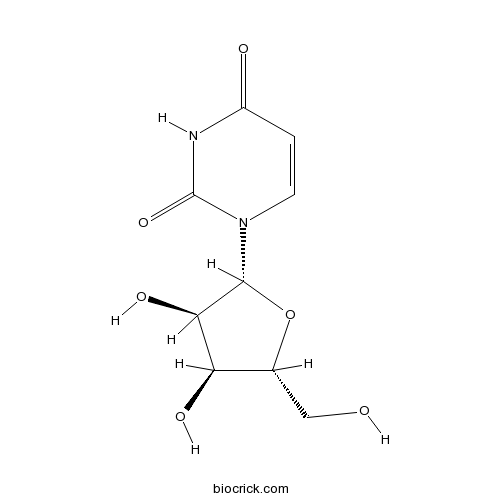Ipomoea nil
Ipomoea nil
1. The products in our compound library are selected from thousands of unique natural products; 2. It has the characteristics of diverse structure, diverse sources and wide coverage of activities; 3. Provide information on the activity of products from major journals, patents and research reports around the world, providing theoretical direction and research basis for further research and screening; 4. Free combination according to the type, source, target and disease of natural product; 5. The compound powder is placed in a covered tube and then discharged into a 10 x 10 cryostat; 6. Transport in ice pack or dry ice pack. Please store it at -20 °C as soon as possible after receiving the product, and use it as soon as possible after opening.

Natural products/compounds from Ipomoea nil
- Cat.No. Product Name CAS Number COA
-
BCN5966
Salidroside10338-51-9
Instructions

-
BCN5531
Daucosterol474-58-8
Instructions

-
BCN4090
Uridine58-96-8
Instructions

-
BCN7798
2-Hydroxy-4-methoxybenzaldehyde673-22-3
Instructions

-
BCN4477
Umbelliferone93-35-6
Instructions

Alteration of flower colour in Ipomoea nil through CRISPR/Cas9-mediated mutagenesis of carotenoid cleavage dioxygenase 4.[Pubmed: 29247330]
Japanese morning glory, Ipomoea nil, exhibits a variety of flower colours, except yellow, reflecting the accumulation of only trace amounts of carotenoids in the petals. In a previous study, we attributed this effect to the low expression levels of carotenogenic genes in the petals, but there may be other contributing factors. In the present study, we investigated the possible involvement of carotenoid cleavage dioxygenase (CCD), which cleaves specific double bonds of the polyene chains of carotenoids, in the regulation of carotenoid accumulation in the petals of I. nil. Using bioinformatics analysis, seven InCCD genes were identified in the I. nil genome. Sequencing and expression analyses indicated potential involvement of InCCD4 in carotenoid degradation in the petals. Successful knockout of InCCD4 using the CRISPR/Cas9 system in the white-flowered cultivar I. nil cv. AK77 caused the white petals to turn pale yellow. The total amount of carotenoids in the petals of ccd4 plants was increased 20-fold relative to non-transgenic plants. This result indicates that in the petals of I. nil, not only low carotenogenic gene expression but also carotenoid degradation leads to extremely low levels of carotenoids.


